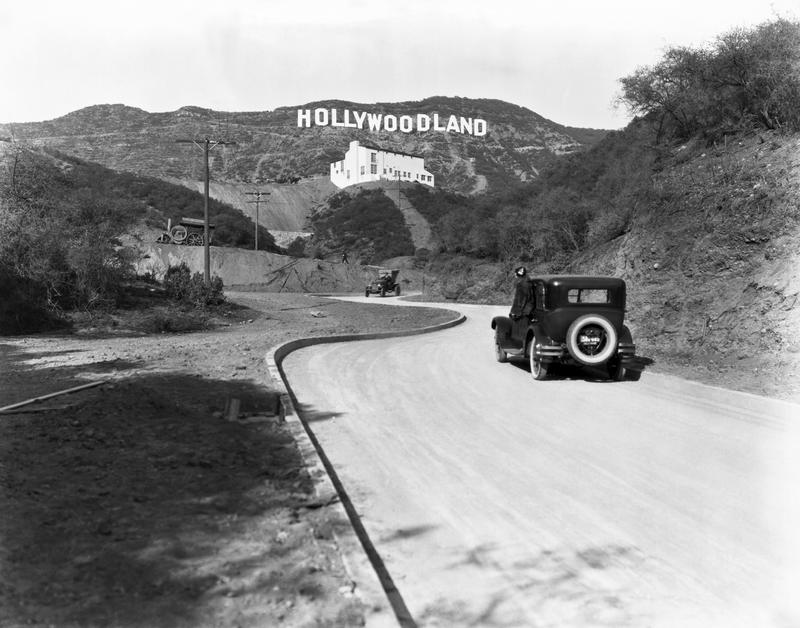How The Hollywood Sign Became An Icon
By | July 5, 2021

The Hollywood sign, located in the Hollywood Hills of Los Angeles, California, is one of the most iconic landmarks in America, its bold white letters looming over the city since its construction in 1923. Originally, the sign actually read "Hollywoodland," as it was built to promote a new housing suburb being constructed by developers Woodruff and Shoults, who thought its flashy lettering would attract the wealthy. As if the 50-ft. letters weren't enough, the Crescent Sign Company who installed it placed over 4,000 light bulbs on the letters which spelled "Holly" then "wood" then "land" in successive order until finally flashing the entire sign.
It may be hard to believe now, but the famous sign was expected to last only about two years after its completion. It was never intended to be anything other than a short-lived advertisement, so the sign maker didn't use the sturdiest materials. By the 1920s, however, when the Golden Age of Hollywood was in full swing, the bright white letters became a media icon, conflating the relatively small neighborhood of Hollywood with the American entertainment industry itself.

Despite the neighborhood's and the sign's growing reputation, the Great Depression came hard for everyone. That included the Woodruff and Shoults real estate company, who had little choice but allow the sign to deteriorate due to the difficulty and cost of its upkeep. It was during this time that the sign saw its darkest day, when a young actress named Peg Entwistle died after climbing the mountain and jumping off the letter H. In the 1940s, as the country recovered from the Depression, the Hollywood Chamber of Commerce decided the sign was worth saving due to its cultural status but felt the "land" part was too specific to the now-irrelevant housing development, so they took it down to reduce the cost of maintaining the extraneous letters and thousands of light bulbs.
By the 1970s, the once again ramshackle Hollywood sign was missing an O and no longer evoked the glitz and glamour of the bygone Golden era. This time, the city's purse strings were tight, so it was up to celebrities like Alice Cooper, Gene Autry, and Hugh Hefner, who called the sign the "Eiffel Tower of Tinseltown," to step in and save it. The hillside was bare for three months as nine donors each sponsored a letter with a $27,000 donation under Hefner's coordination. Hefner bought the Y, Autry bought the L, and Cooper bought the O in honor of his late friend, the legendary comedian Groucho Marx. The flimsy materials were replaced with steel, and the sign has only needed minor updates in the decades since.

Of course, nothing's that easy in a town as pricey as Los Angeles. In 2010, a conservationist group called the Trust for Public Land was forced to battle luxury real estate developers who held the sign hostage, demanding a $12.5 million payout to stop them from tearing down the historic letters to build even more fancy houses. The Trust managed to raise almost all of the money, but with just a week to go, they struggled to drum up the final million. Again, original playboy Hugh Hefner rode in to save the day, pitching in the final $900,000 directly from his own pocket. That year, the city incorporated the land into Griffith Park, saving it from any future land battles and securing its place above the City of Angels for hopefully many years to come.

